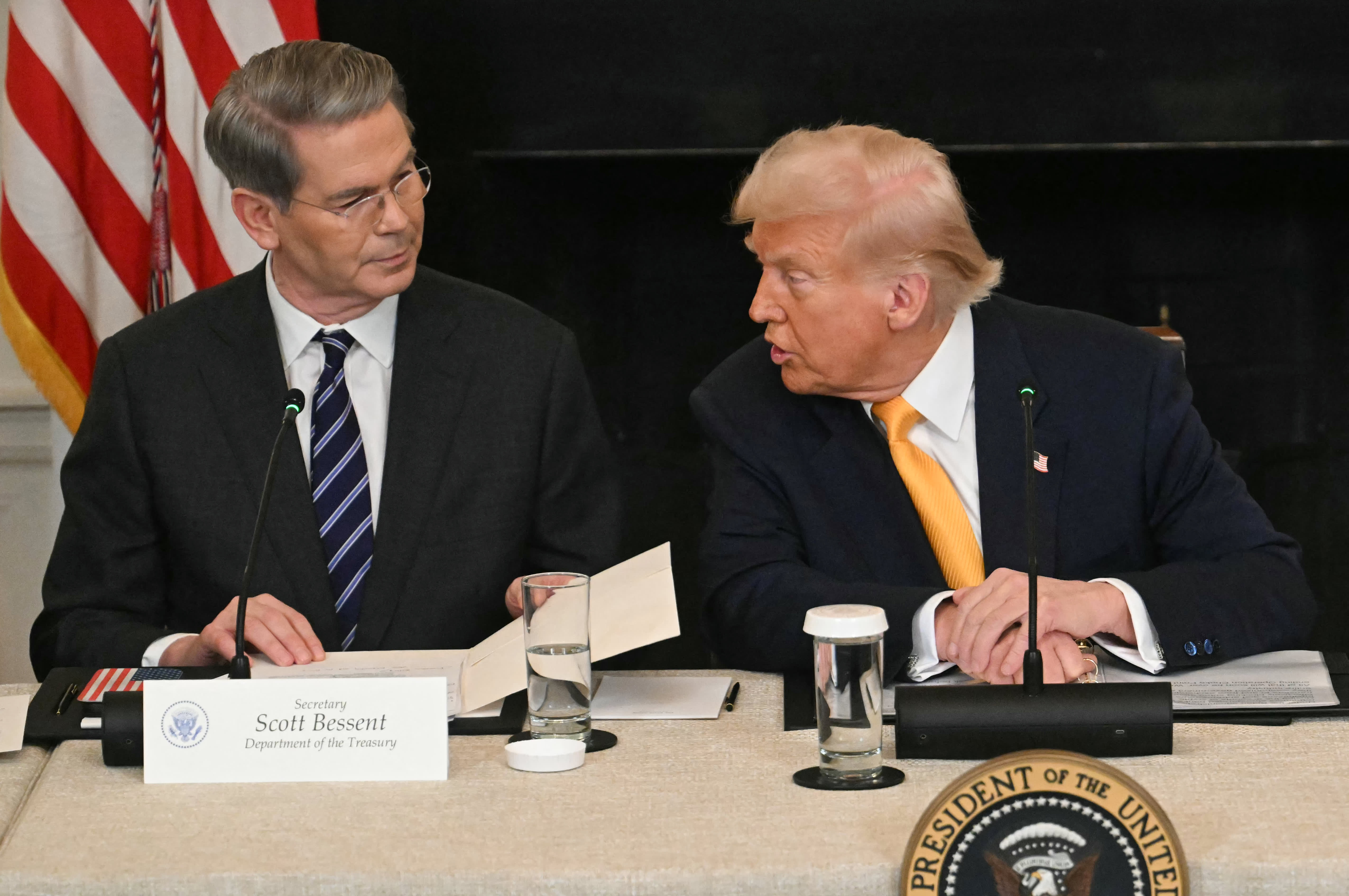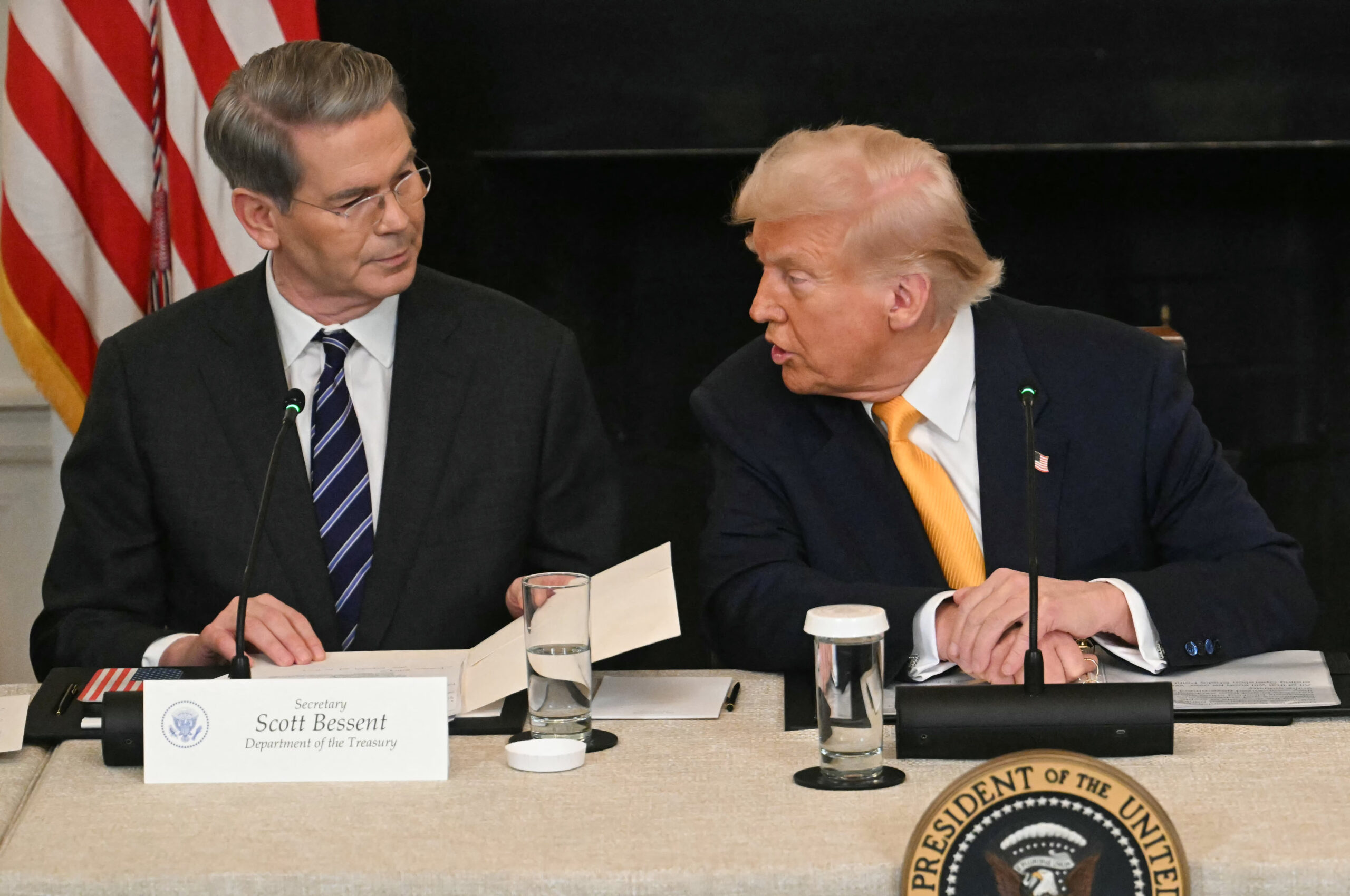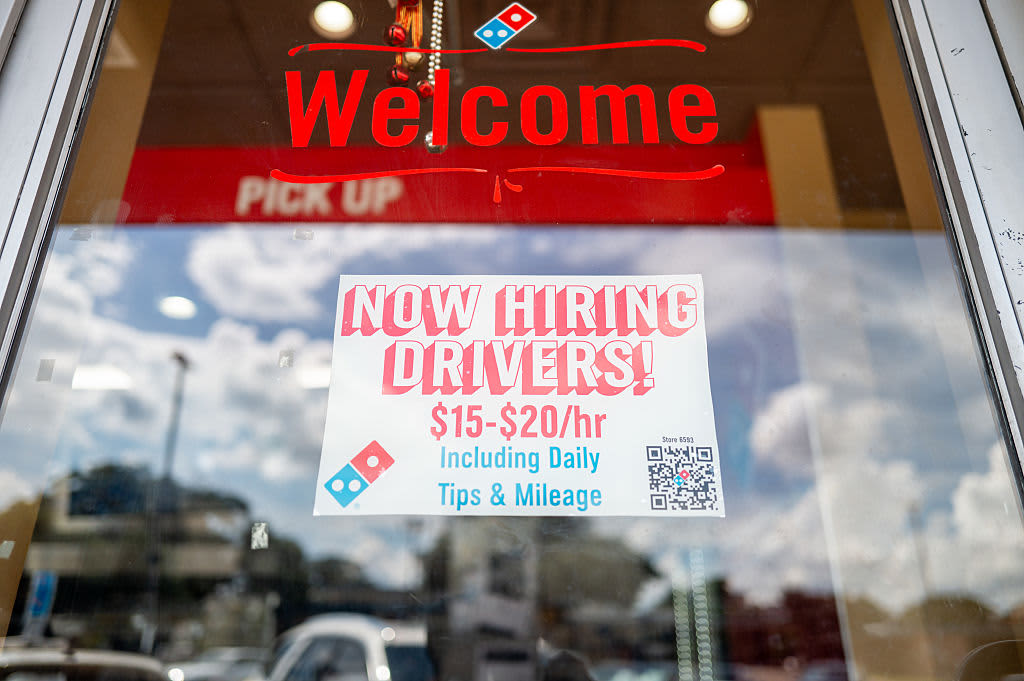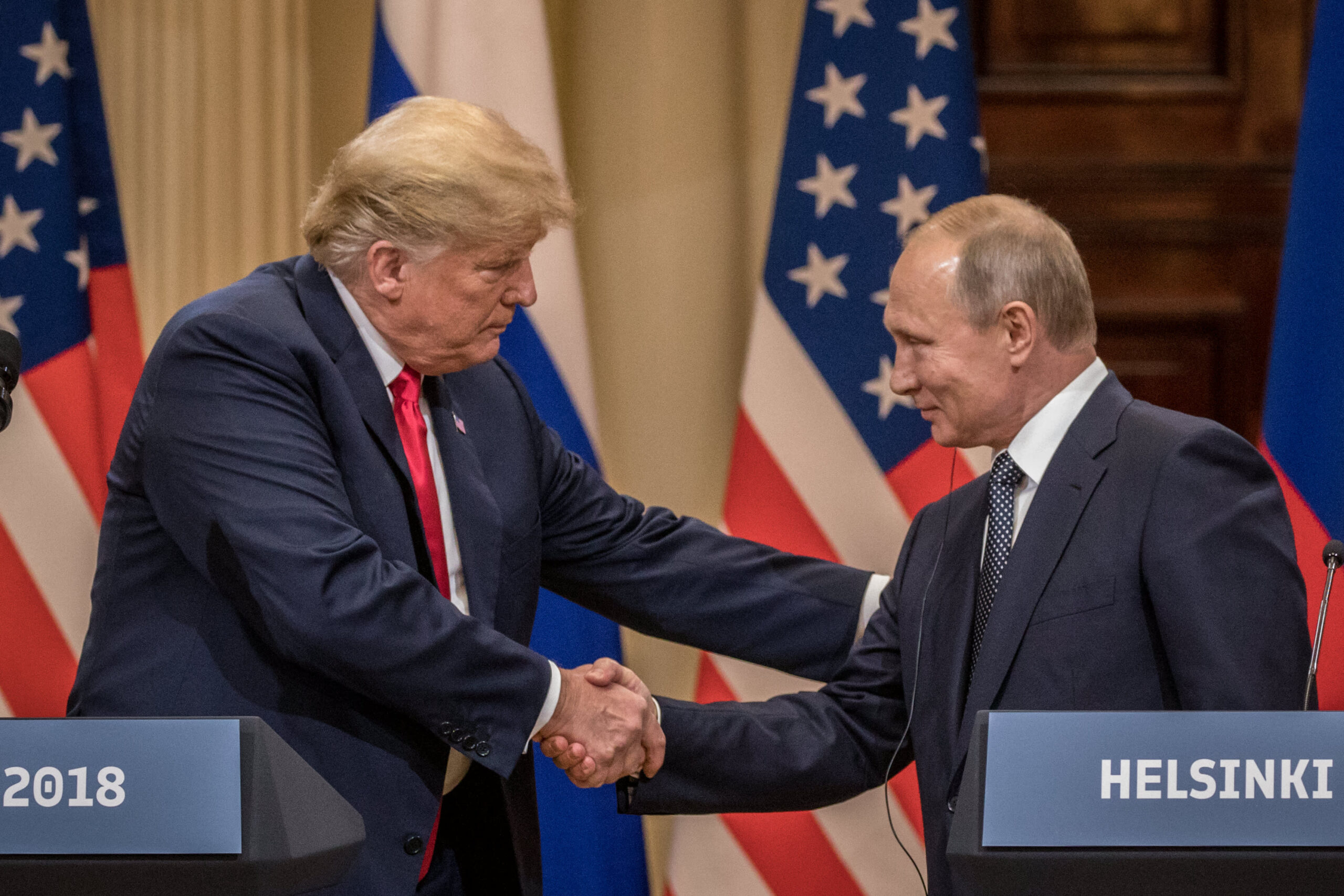
President Donald Trump indicated Friday ahead of key trade talks that he was willing to lower tariffs on China to 80%, but that level may still be higher than what investors and business leaders were hoping for.
Trump said in a Truth Social post: “80% Tariff on China seems right! Up to Scott B.” Treasury Secretary Scott Bessent is one of the U.S. officials set to speak with counterparts from China at meetings in Switzerland this weekend.
An 80% levy would be a significant reduction from the 145% tariff currently facing many Chinese goods. However, that number could still be seen as prohibitive to trade. It is also much higher than the 10% baseline tariff in the U.S.-U.K. trade agreement that was announced Thursday.
It is unclear whether Trump wants the 80% rate to be the long-term tariff for China, or whether it should be viewed as a step in negotiations.
In a separate post, Trump said “Many Trade Deals in the hopper, all good (GREAT!) ones!”
China is seen as the key hurdle in Trump’s effort to shake up the global trading environment. While many other major countries saw his previously announced tariffs partially paused on April 9, tensions rose between the White House and Beijing until both countries had imposed a tariff of more than 100% on goods.
China is one of the U.S.’ largest trading partners. In 2024, the U.S. exported $143.5 billion in goods to China, while importing $438.9 billion, according to the Office of the U.S. Trade Representative.
In another Truth Social post on Friday morning, Trump said, “CHINA SHOULD OPEN UP ITS MARKET TO USA — WOULD BE SO GOOD FOR THEM!!! CLOSED MARKETS DON’T WORK ANYMORE!!!”
The talks in Switzerland this weekend are not expected to result in a full trade deal. U.S. Trade Representative Jamieson Greer said Thursday on “Power Lunch” that he wants the discussions to result in “stability” that could be “a foundation for something more.”
The latest shipping data shows a drastic decline in the amount of goods moving from China to the U.S., leading to concerns about the potential for higher prices or even shortages of certain goods in the coming weeks.
Friday’s comments on China tariff rates appear to signal a shift for Trump. The president said on Wednesday he would not lower tariffs in order to get China to the negotiating table.



